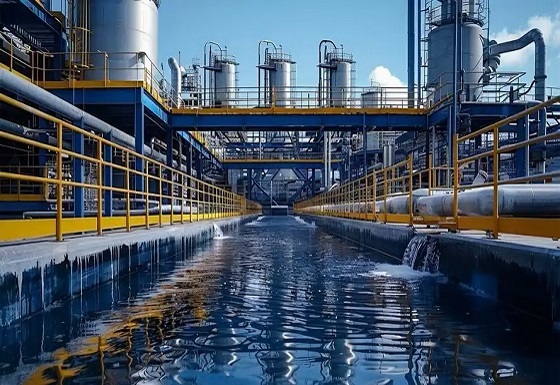Key points for selecting coagulants in wastewater treatment
Release time:
Sep 11,2024
Coagulants are generally composed of inorganic coagulants and organic coagulants. The method of selecting coagulants for wastewater treatment should be based on the characteristics of specific industry wastewater. Meanwhile, it depends on which link the flocculant is added to and the purpose of using the flocculant.
Usually, when choosing inorganic flocculants, the composition and pH value of the wastewater should be considered, and then the most suitable one (iron salt, aluminum salt or iron aluminum salt, silicon aluminum salt, silicon iron salt, etc.) should be selected.
When choosing organic flocculants (such as PAM polyacrylamide), it mainly depends on whether anionic polyacrylamide, cationic polyacrylamide, or nonionic polyacrylamide is used. Anionic polyacrylamide is generally classified into weak negative, medium negative, and strong negative according to the degree of hydrolysis.
The selection of cations is commonly used for sludge dewatering. The selection of cationic polyacrylamide is very important. Strong cationic polyacrylamide is commonly used in urban sewage treatment plants. Weak cations are usually chosen for sludge dewatering in paper mills and printing plants, while strong cations are typically chosen for wastewater treatment in the pharmaceutical industry. wait.
Each type of wastewater has its unique characteristics. Non ionic polyacrylamide is mainly used in slightly acidic conditions, and is commonly used in printing and dyeing factories.
Polymers co reminds us that the selection of all these coagulants can only be determined based on testing. During the testing process, the approximate dosage is first determined, the flocculation and settling rates are observed, the processing cost is calculated, and an economically applicable flocculant is selected.

auto


